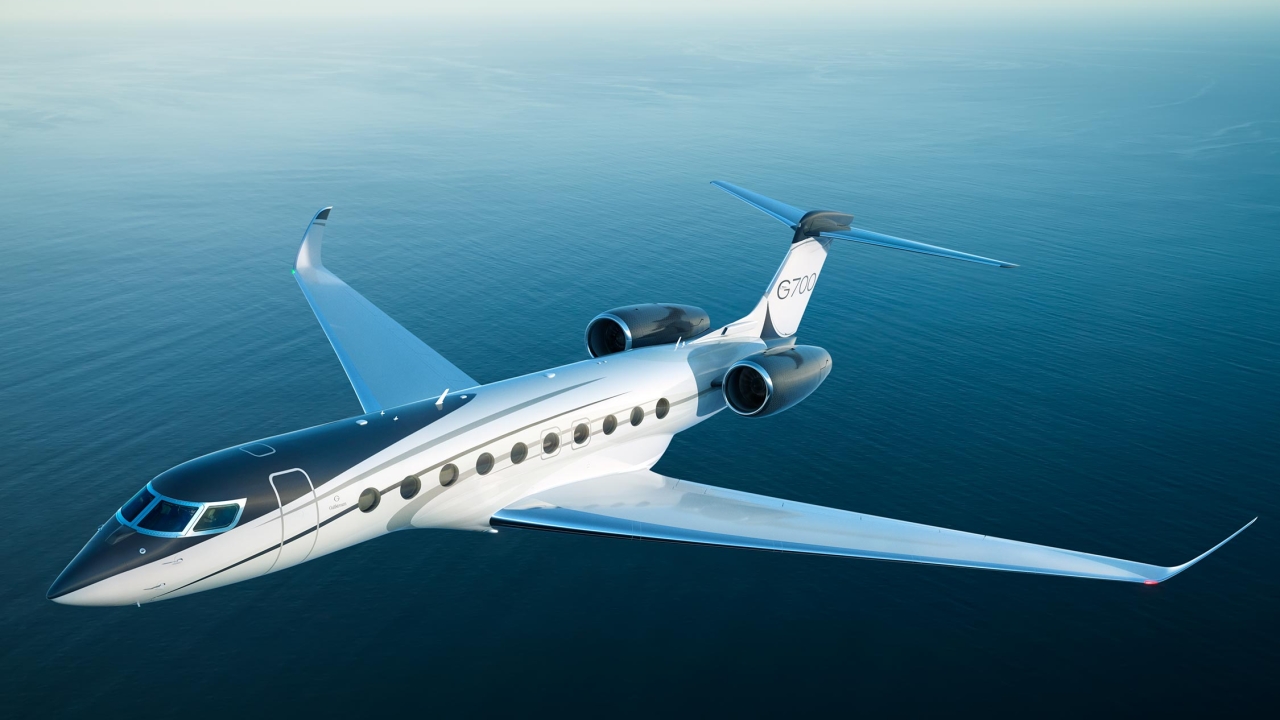From Russia with verve...
With the first Sukhoi SSJ100 airliner for an African customer due to be delivered this year, the Russian manufacturer has toured the continent with its executive jet variant. Alan Dron reports.

A week-long tour of African nations by a RusJet-operated SSJ100 business jet in April displayed the aircraft to a number of potential customers.
The SSJ100’s business jet version was presented to interested companies in Nigeria, Kenya and Uganda as part of a trade mission organised by the Russian Export Center (REC) and the African Export-Import Bank (Afreximbank).
The airline version of the twin-jet, which carries 95 passengers, has been in service with several Russian carriers, as well as with Interjet of Mexico and CityJet of Ireland for some years now. It has proved popular with passengers for its spacious cabin and with its operators, although the president of Russia’s Sukhoi Civil Aircraft Company (SCAC), Alexander Rubtsov, admitted at last November’s Dubai Air Show that more work was needed to improve the company’s after-sales service.
Instead of its usual 95-seat layout, the aircraft touring Africa was outfitted with an executive cabin capable of seating up to 19 passengers. Its cabin has several zones, incorporating areas suitable for business meetings and rest, including a sofa that converts to a bed, plus a wardrobe and toilet.
RusJet’s aircraft can also be fitted out in an eight-passenger ‘night configuration’ with a queen-sized bed and chairs suitable for sleeping. In its executive configuration, the aircraft has a range of 2,390nm (4,420km).
This size of cabin puts the SSJ100 very much into the top rank of executive aircraft, providing more internal volume than Bombardier or Gulfstream’s top-of-the-range models, although it is still smaller than the Boeing Business Jet MAX family, which is converted from the US company’s latest 737 MAX range.
The Superjet is due to appear in African skies on a regular basis shortly, after Zambia signed the first African contract for the type in 2017. This order is believed to be for four airliners and one VIP version.
The airliners are reported to be destined for delivery from this year onwards to the new national carrier, Zambia Airlines, while the VIP version will be for the use of the country’s president; SCAC declined to give details of the eventual operators, beyond saying that the customer is a governmental organisation.
“Negotiations with several countries in the African continent are in progress at different stages,” a SCAC spokeswoman said. “Our potential customers are expressing interest in both the general version of the SSJ100 and its VIP version, including special-purpose modifications similar to the Russian Ministry of Emergency Situations (EMERCOM) examples.”
EMERCOM has two SSJ100s that can act as airborne command posts with extensive on-board communications systems. Both can also act as medevac aircraft.
Following the SSJ100’s demonstration tour, the REC and Afreximbank are looking at the possibility of establishing a leasing company to support future SSJ100 deals in Africa, said SCAC.
The SSJ100, meanwhile, is continuing to be developed; in February, SCAC received approval from parent company, United Aircraft Corporation (UAC), to go ahead with a smaller, 75-seat version of the airliner, which has already gained 50 orders from Russian carrier S7 Group.
“Together with the size optimisation, it is planned to reduce the structural weight by between 10%-15%, improve aerodynamics up to 10%, reduce specific fuel consumption up to 5%, and increase the part of composition materials. The aim is also to cut operation and after-sales support costs,” SCAC said in a statement.
SCAC is also developing a new SSJ100R model, which will replace much of the western equipment found on the current aircraft with Russian equivalents. This move has come about as a result of deteriorating relations between Moscow and western capitals, which may have raised concerns at the Russian manufacturer of supplies of western-supplied components becoming the subject of economic sanctions.
The aircraft is also being developed aerodynamically; in December 2017, it performed its first flight with ‘saberlets’, or pointed, extended wingtips that will improve take-off and landing performance, as well as cut fuel consumption by 3%.
And the aircraft is undergoing software ‘tweaks’ that will allow it to operate into small runways requiring steep approaches, such as London City Airport.
Stay up to date
Subscribe to the free Times Aerospace newsletter and receive the latest content every week. We'll never share your email address.

